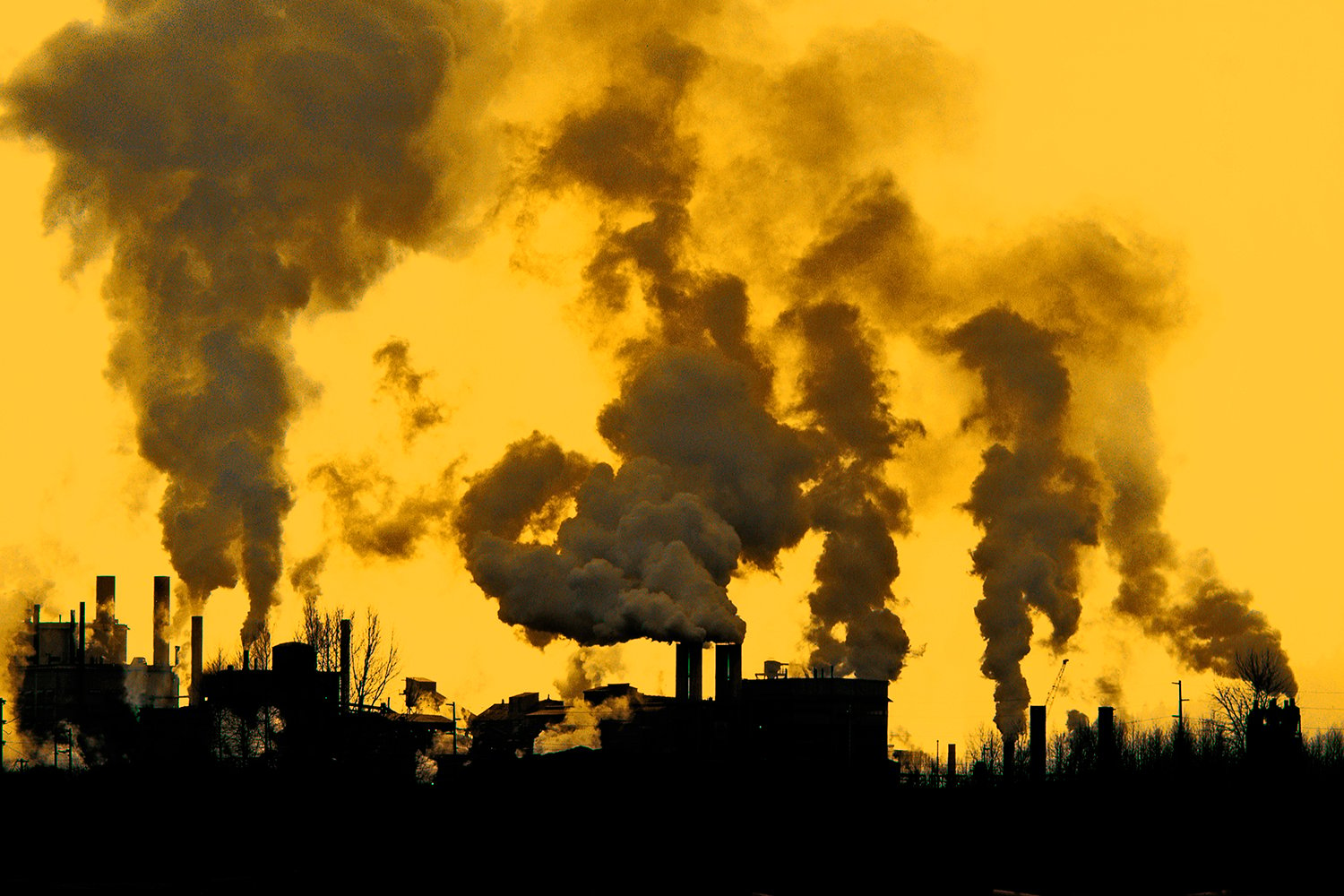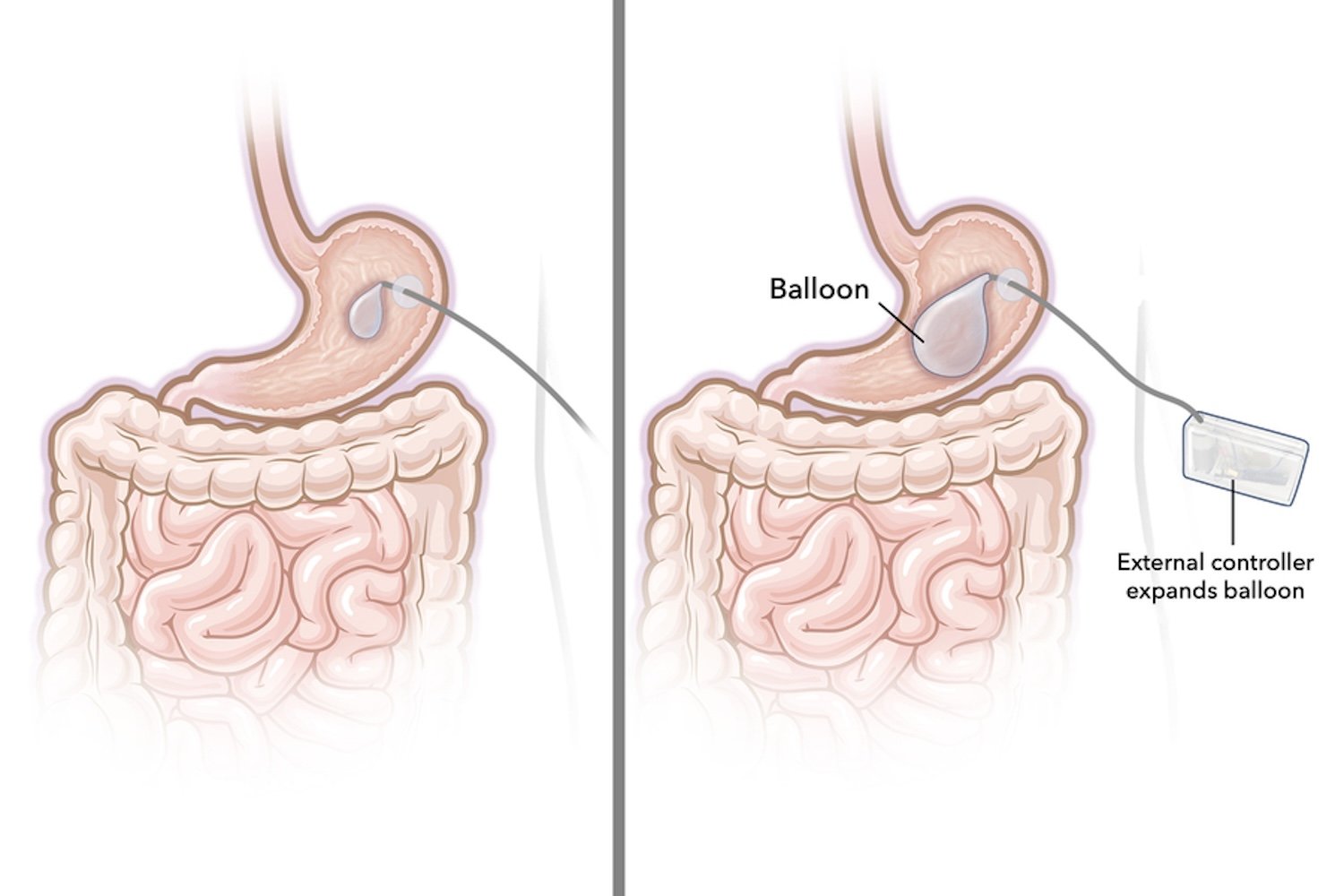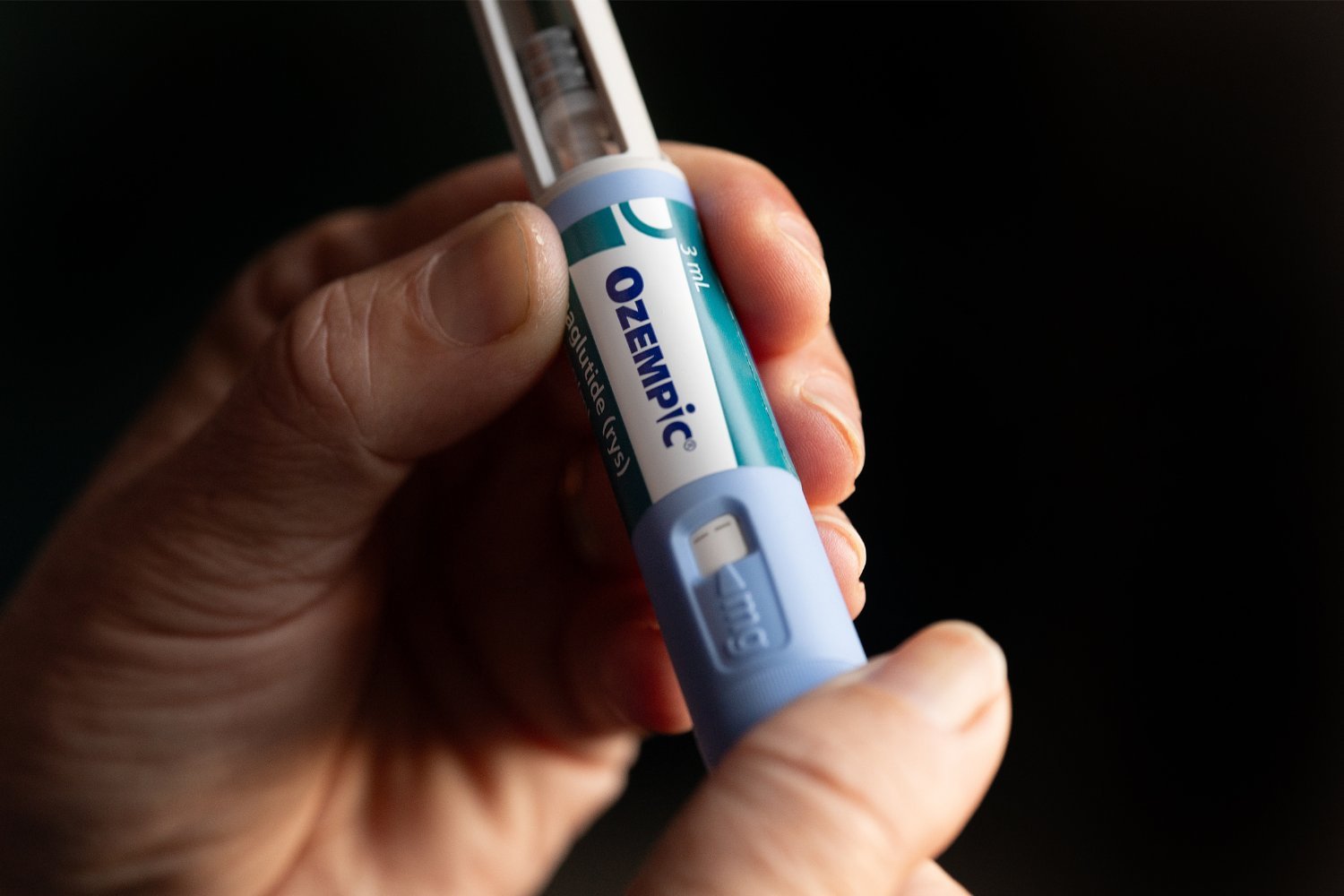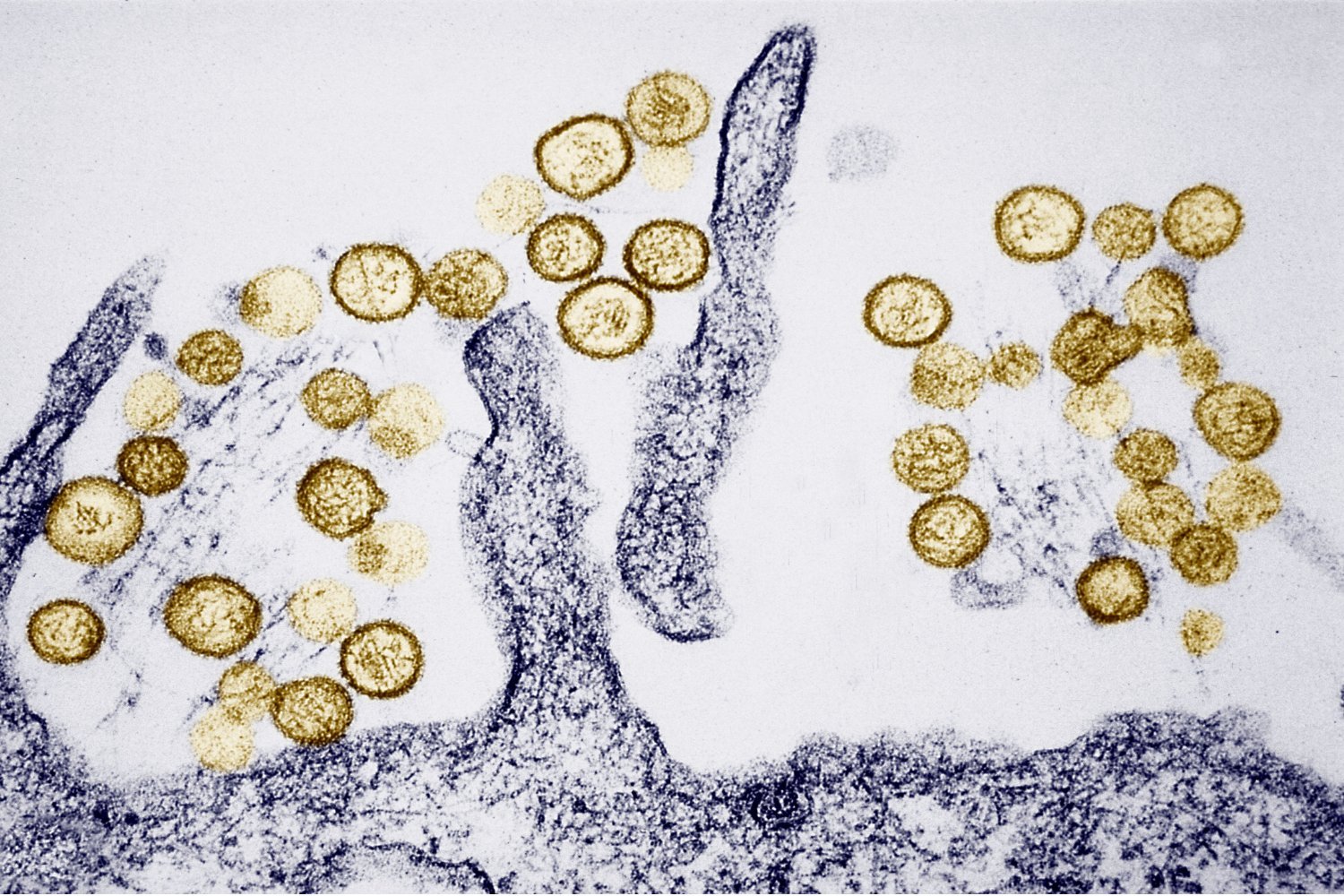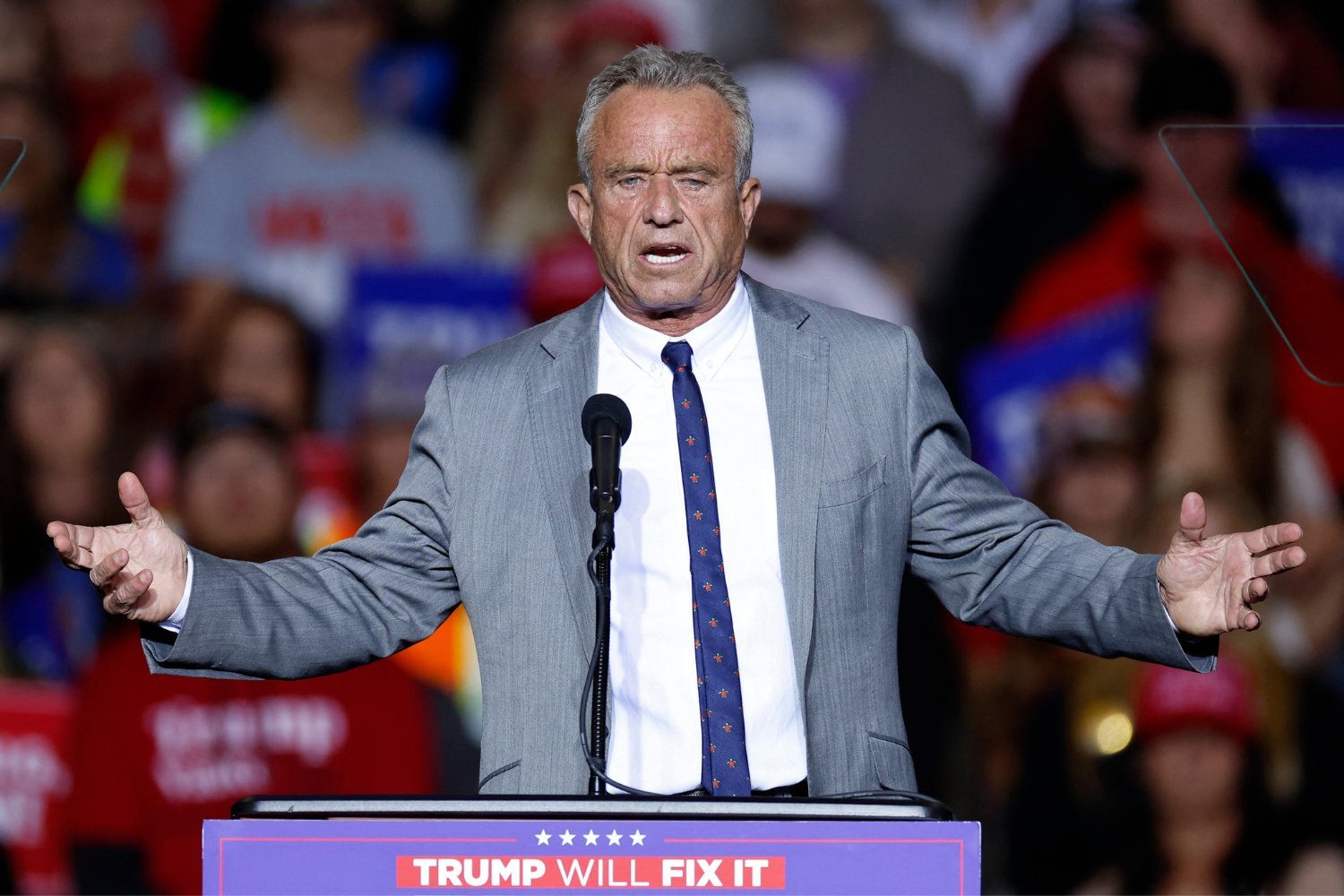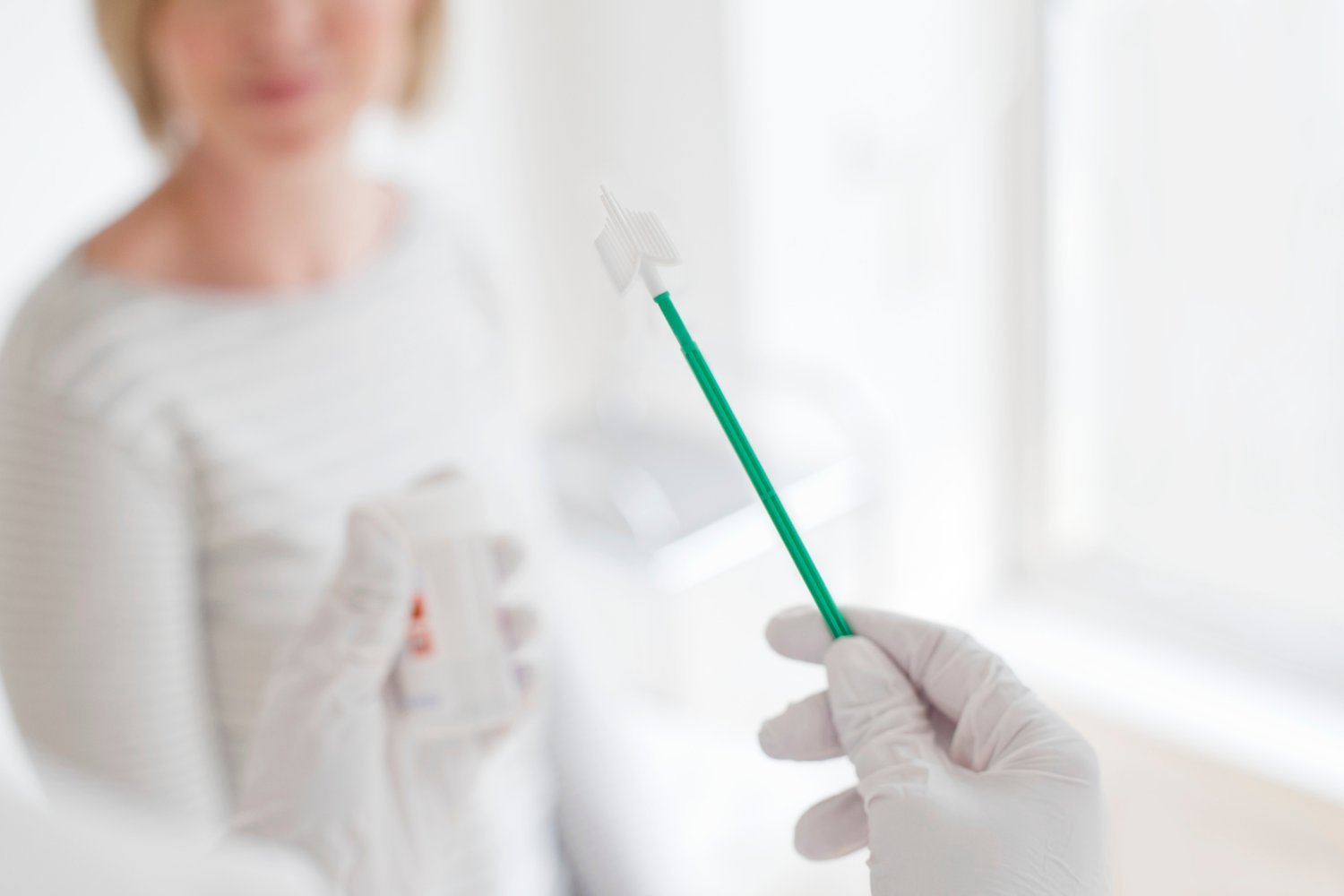Formaldehyde, a chemical found in everything from furniture to funeral homes, poses a significant cancer risk to everyone in the United States, according to a ProPublica analysis. This pervasive chemical often presents the highest risk inside our homes, where we feel safest. While its toxicity has been known for decades, federal regulation efforts have been repeatedly stymied by industry lobbying, leaving the public exposed to elevated cancer risks.
The Biden administration made progress toward new regulations, but even the EPA’s estimates significantly underestimate the dangers, excluding crucial data on myeloid leukemia, a potentially fatal blood cancer. This omission downplays the true risk, which could be up to four times higher than current estimates. Furthermore, the EPA has also backtracked on its own findings regarding other health impacts of formaldehyde, including asthma, respiratory ailments, and reproductive issues.
This article explores the pervasive dangers of formaldehyde, the government’s struggle to regulate it, and the potential consequences of prioritizing commerce over public health.
A Hidden Danger, Everywhere
Formaldehyde is a ubiquitous industrial chemical, produced in vast quantities annually. Outdoor air pollution from vehicles, industrial emissions, and oil and gas extraction often contains formaldehyde, increasing cancer risk. ProPublica’s analysis of EPA data reveals that everyone in the U.S. faces a lifetime cancer risk from outdoor formaldehyde exposure exceeding the EPA’s acceptable limit. In some areas, like Los Angeles, the risk is over 20 times higher.
These alarming figures are further compounded by the significantly higher formaldehyde concentrations found indoors. Common household products like furniture, flooring, and printer ink contribute to indoor levels typically three times higher than the EPA’s recommended limit for respiratory health. The EPA estimates indoor formaldehyde exposure could cause up to 255 cancer cases per million people, excluding the risk of myeloid leukemia, and acknowledges the difficulty in reducing indoor levels to a truly safe point.
Decades of Regulatory Failure
Efforts to regulate formaldehyde date back to the 1980s, consistently met with industry resistance and political interference. Despite evidence linking formaldehyde to cancer in rats, early regulatory attempts were blocked. Even after the EPA classified formaldehyde as a probable carcinogen in 1991, further action was delayed.
A 2003 study revealed a strong link between high formaldehyde exposure and myeloid leukemia in factory workers, prompting the EPA to investigate further. However, political interventions and industry-funded research repeatedly stalled progress, hindering the agency’s ability to protect public health. While the World Health Organization and the Department of Health and Human Services recognized formaldehyde as a carcinogen, the EPA’s progress remained sluggish.
The Trump Administration and the EPA’s Retreat
The Trump administration further complicated matters. The appointment of David Dunlap, a former chemical industry representative who had previously downplayed formaldehyde’s risks, raised concerns. Under Trump, the EPA shelved a crucial toxicity report and resisted enforcing limits on formaldehyde emissions.
Uncertain Progress and Future Threats
While the Biden administration revived the toxicity report and established a threshold for respiratory protection, significant challenges remain. Industry lobbying continues to exert pressure on the EPA, questioning its scientific findings and advocating for weaker regulations. The recent election of Donald Trump raises further concerns about the future of environmental regulations. Trump’s proposed deregulation agenda, coupled with the influence of conservative think tanks advocating for a diminished EPA, could severely undermine efforts to protect the public from formaldehyde exposure. These actions could have devastating consequences for public health, allowing a known carcinogen to continue impacting communities nationwide.
Conclusion
Formaldehyde presents a clear and present danger to public health. Despite decades of research and regulatory attempts, industry influence and political maneuvering have consistently hampered efforts to protect the public. The EPA’s own underestimation of the risks, coupled with potential future deregulation, further exacerbates the problem. Addressing this pervasive threat requires prioritizing public health over corporate interests and strengthening regulatory oversight to ensure the safety of all Americans. It’s crucial for individuals to be aware of the risks and take steps to mitigate exposure in their homes and communities. Only through sustained public pressure and political will can we effectively address this hidden danger lurking in plain sight.



